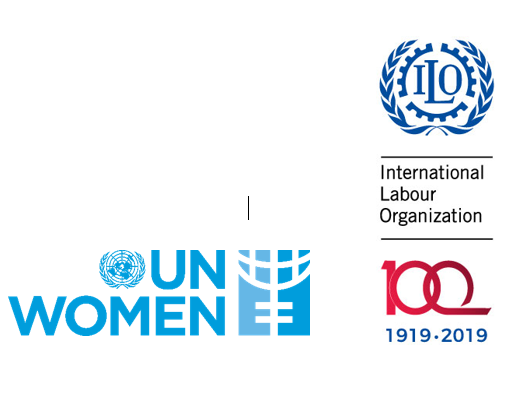Gender-responsive public services are quality public services that meet women’s needs and are of major importance to the achievement of gender equality and to ending violence and harassment against women in the world of work. They require gender-responsive public budgeting to ensure that resources are available to meet women’s needs in accessing quality employment and services related to violence against women (UN Women, 2015a). Access to services that support women’s equal participation in employment has been a focus of a number of international campaigns, such as the Public Service International’s global campaign for quality public services (Public Services International, Undated).
Universal, quality public services benefit women and help create safe cities (Martinez-Vazquez et al, 2012 and UN Women, 2015a). Decision-makers and public service providers have a key role to play in ensuring that policies, planning, resources, investments and practices are free from gender bias. Examples of emerging strategies include the participation of women in seeking solutions that enhance their access to economic and social participation, including their participation in decent work.
Gender-responsive public services can play a key role in ending violence and harassment against women in the work of work by:
- Addressing women’s social and economic exclusion and by recognizing that an absence of gender-responsive public services can negatively impact on women’s safety;
- Challenging social norms that perpetuate inequality;
- Having safe access to quality public services, such as water and sanitation, electricity, transport and other public services, as well as health care, education and training, and good quality employment, will reduce the risk of violence in public spaces and when women travel to and from work;
- Targeting resources to relevant health care and social services for women who have experienced gender-based violence.
Investment in quality public services does not only alleviate the consequences of violence and harassment for victims, but it also promotes redistribution of resources and reduces inequalities in access to education, health services, childcare and decent work for women (Oxfam, 2018). Indeed, substantial reforms and a social investment strategy are needed to help achieve the Sustainable Development Goals (Donald and Moussié, 2016). This is particularly relevant to Goal 5 to “Achieve gender equality and empower all women and girls”, where governments are committed to “Recognize and value unpaid care and domestic work through the provision of public services, infrastructure and social protection policies and the promotion of shared responsibility within the household and the family as nationally appropriate”, as well as to Goal 8 to “Promote sustained, inclusive and sustainable economic growth, full and productive employment and decent work for all” (UNGA, 2015, A/RES/70/1). Adequate resources and political will are also important in ensuring that gender-responsive public services contribute to improving safety of all women, particularly women living in poverty and working in situations of vulnerability.
Essential Services for Women and Girls
The United Nations Joint Global Programme on Essential Services for Women and Girls Subject to Violence provides “a coordinated set of essential and quality multi-sectoral services for all women and girls who have experienced gender-based violence” (UNFPA, UN Women, UNODC and WHO, 2015). It outlines service delivery guidelines for the core elements of essential services to be provided by the health and social services sectors, as well as law-enforcement and justice authorities, and identifies guidelines for coordination to ensure the delivery of high-quality services. Closely related to access to services and policies, gender-responsive budgeting is a further way by which the allocation of public resources and budgets for gender equality can be assessed, including the prevention of, and response to, violence against women. This, in turn, can reduce costs resulting from absence from work and physical and mental health impacts.
